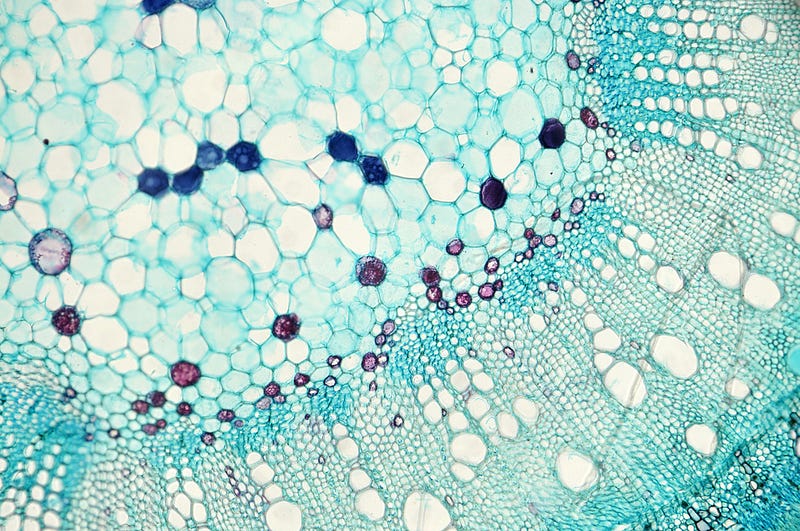2D to 3D: How structures of in vitro models can change the drug discovery game
By Urjita Tendolkar, Cell and Molecular Biology, 2021

Imagine trying out a new recipe for cake. You follow all the instructions and end up with an incredible looking cake. But when you take a bite of it, you realize there’s too much salt in it. What do you do in this situation? You are most likely to repeat the baking process and create a less salty version of the same cake. The stakes in this situation are pretty low.
Now imagine a scientist that comes up with an incredible drug, but at the very end realizes it doesn’t work as they had expected it to be. The stakes associated with creating life-saving drugs for patients is very high and repeating the entire process can be extremely costly and tedious. In fact, it takes about 10 years for an average drug to come out in the market from its inception. The deciding factor for developing a drug relies on pre-clinical studies with in vitro (“in glass”) and in vivo (“within the living”) models before human or clinical trials. The idea behind pre-clinical studies is to understand how the drug functions: is it toxic? How does it work? What is the minimum and maximum dosage? How long does it stay in the body? Only after these questions have been satisfactorily answered is the drug propelled further to clinical trials by the Food and Drug Administration (FDA).
The deciding factor for developing a drug relies on pre-clinical studies with in vitro (“in glass”) and in vivo (“within the living”) models before human or clinical trials.
Typically, in vitro cell-based models are used for drug screening and toxicity studies. This involves subjecting different cells to the drug of interest and visualizing the impact in terms of cell physiology, gene expression levels, cell cycle, metabolism, etc. Traditionally, these assays or experiments are carried out in multi-well plates, lab plates with very small “wells” to carry out assays in. Recently, there has been a shift to microfluidic or droplet-based drug assays.
For example, there are tiny devices called microfluidic chips where cells can be suspended and mixed with the drug of choice in a manner that mimics the environment experienced by cells inside the body. All of this happens in a droplet, which can then be studied each second for a high throughput drug screening approach. This method allows scientists to perform in vitro assays faster with a high level of control and low cell/drug volumes. However, in vitro cell-based models have often been criticized to be less predictive of the in vivo mechanisms of the drug. For instance, only 10 percent of drugs that follow a trajectory of in vitro cell-based screens to animal models to clinical trials end up being successful. This is because the way a drug functions in vivo is highly dependent on its interaction with other cells and its microenvironment. So how can scientists study interactions like these in an artificial in vitro setting?
Only 10 percent of drugs that follow a trajectory of in vitro cell-based screens to animal models to clinical trials end up being successful.
The answer is 3D cell culture drug models. In this case, the cells are grown into spheroids using a scaffold or matrix, bases that allow cells to grow into aggregates, to create a 3D environment with an extracellular matrix. The cells are then able to interact with each other, which affects how they proliferate and differentiate and even impact their gene and protein expression levels. The 3D cell culture spatial arrangement are more reliable models for drug testing since their responses in vitro closely reflect their morphology and functions in vivo. For instance, cancer cells rarely function in isolation. 3D cell culture models, which better mimic cell-to-cell interactions in vivo as compared to traditional cell culture models, can help to understand how a certain cancer drug can impact these interactions between tumor cells. Similar to how an astronaut participates in a range of simulations before taking off the rocket, the goal here is to be able to better model and optimize in vivo physiology and interactions with drugs in vitro, before testing the drugs in animals and eventually in humans for treatment.
Using 3D cell culture models is an attractive option to generate reliable in vitro models for drug discovery. However, a lot of work still needs to be done to make the process more reliable and feasible for it to be an industry gold standard for testing. Once fully optimized, this technique can improve the speed and efficacy with which drugs are screened for pre-clinical studies and could be the next blockbuster in drug discovery.
